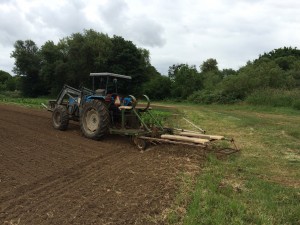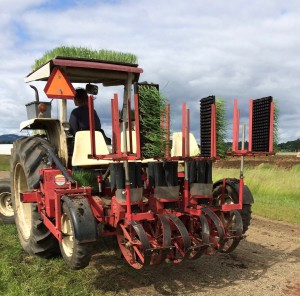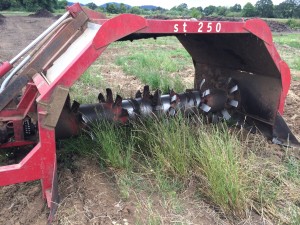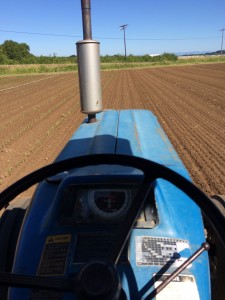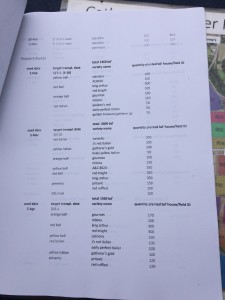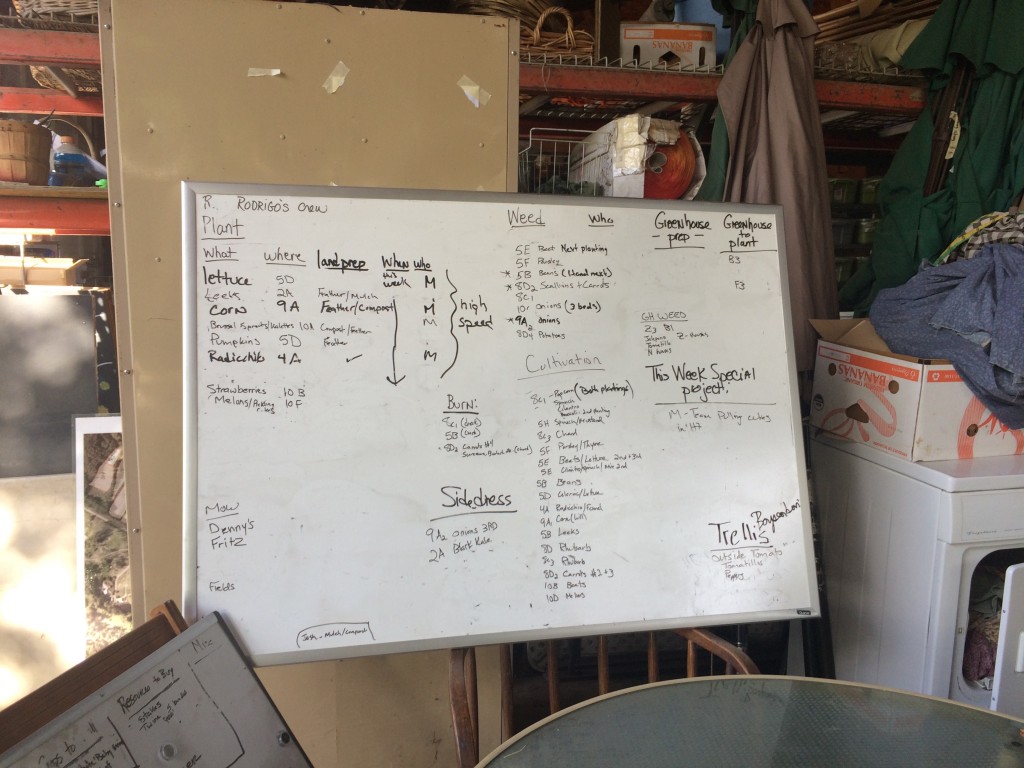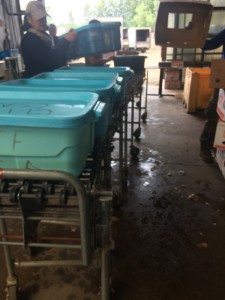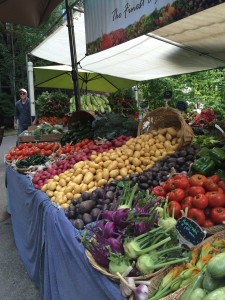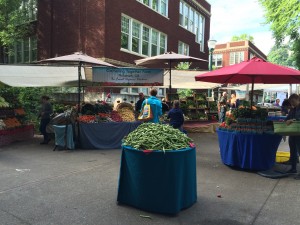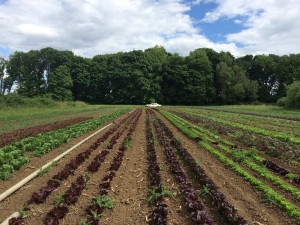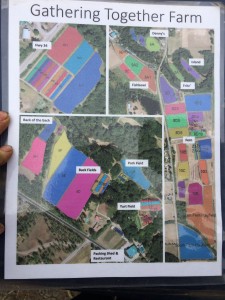Recap: I learned a lot from the different leaders on the farm and from doing different jobs with the M-team.
Transplanting-putting plants in the ground and driving the tractor
Installing overhead irrigation-in a greenhouse
Irrigation-laying down pipes in outdoor fields
Hand seeding-seeding butternut into the ground(direct seeding) and seeding into trays for the greenhouse.
Trellising- keeping tomato plants upright and healthy
Weeding- melons and squash with 20 other people from Rodrigo’s crew, (a lot of acres.)
Soil sample- taking samples from all the green houses to see if the plants needed fertilizer.
Harvesting– berries and lettuce
Markets!
CSA- assembly line
I also learned a lot working with different people and different tasks, but there were common goals:
-Do the job well- when I harvested lettuce, Sally said for people doing lettuce for the first time, don’t worry about speed, focus on quality, speed will come later.
-Adapt to be efficient- There were many jobs that required different skills, we were always looking to see how we could do the job better and use less resources-like time.
-keep a good attitude- the people who worked the most hours had the best sense of humor and I think that made the time go faster, but it also made people want to work better too.
My thoughts on the Mission Statement GTF prides itself in it’s quality and diversity of produce. But during one Monday Meeting, the topic of conflict came up. Sally said that it is better to say something than to be whining or gossip to someone else about your troubles. Someone brought up the point that they felt undervalued and that people perceived their work as not adding value to the crop. (cultivation) -the victim argued that they were and the point is to be efficient and make the farm money. Sally then said- I get that we need to make money, but I think our top priority should be respecting one another and what they do. I care about how we treat each other. Everyone nodded in agreement.
During my time at GTF I saw that the people working there did care for one another and the farm was more about a sense of community than just food. I feel honored to have been a part of that community.



